Who are social media generations?
Social media generations are commonly referred as ‘GenZ’ or ‘iGen’ or ‘Centennials’. The center for generational kinetics define birth years of GenZ as being 1996 to the present. There are currently over 23 million Gen Z in the United States. Within the next five years, they will become the fastest-growing generation in both the workplace and the marketplace.
- Gen Z are highly educated. It’s likely that a larger percentage of Gen Z will attend and graduate from college than any previous generation, including the Millennials. Gen Z is also adept at web-based research and often self-educates with online sources such as YouTube and Pinterest.
- Gen Z wants to make a difference in the world. A large portion of the generation would prefer to have a job that makes a positive impact in some way, and a large portion of them volunteers.
- Gen Z are more diverse than Millennial’s. The tremendous diversity that Gen Z brings as employees, consumers and entrepreneurs will have a profound impact across generations and cultures. Brands and employers will have to learn how to see the world through the diverse eyes of Gen Z if they want to win their loyalty.
Digital workplace for GenZ
The digital workforce for GenZ must be able to work anytime, anywhere, and via any device. GenZ is mobile first and completely immersed. Cloud, constant connectivity, social, mobile, and advanced analytical capabilities are just some factors disrupting not only the way GenZ want to work, but entire business operating models. Enterprises are investing in a range of tools to support new ways of working, with mobility and flexibility being a key theme. For Gen Z, different types of communication and information goals require different social media platforms. For instance, Gen Z uses Instagram to follow brands, Snapchat to post or send a video or a selfie, and Facebook to create or check a group event. (also read – How to achieve 72 hours breach notification) The key guiding principles that organizations will need to adopt for developing modern digital workplace are
- Enable flexible workplace
- Drive innovation
- Engage the diverse workforce
- Improve collaboration
- Enhance productivity
- Enrich employee experience
Communications and connections is key with GenZ as they constantly use smartphones and interactions in social media. They need feedback from supervisor at-least every few weeks to stay at their job. (Also read – Deep fake and impact of cyber security)
Cyber security technologies are essential to keep digital workplace secure
Organizations need to have futuristic security strategy programs to enable digital workplace safe from cyber breaches. Business can’t expect that GenZ will only use emails channels for exchanging messages. They shall use WhatsApp platform. The below five step process should help organizations to develop framework for digital workplace security
- Define digital workplace security vision and strategy: Modern workplace strategy with end-user computing, communication, and collaboration are need alignment with cyber security risks and business imperatives. The cyber security roadmap should consider the GenZ behavior patterns and work-culture expectations for career advancements.
- Design digital workplace security ecosystem: Modify cyber security policies, practices, and tools that will help deliver against the identified objectives. Mobile security, Application security, Security awareness programs, IoT security components for secure workplace are few areas that should be given importance.
- Develop and implement security technology and services: Privacy by design and zero trust principles should be considered while developing and implementing security technology components for digital workplace.
- Manage cyber security to enable business: Faster cyber threat detection mechanism, better incident response to mitigate the threats, automation or self-service workflow to resolve change management practices will ease the cyber security operational activities.
- Improve constantly and innovate cyber security operations: If you’re connected – you’re vulnerable. The connection will happen via any asset (human or machine). Hence asset identifications and tracking cyber security controls for each assets are crucial. Organization should find ways and means to constantly improve and innovate security operational enhancements.
The illustrative digital workplace domain areas, security controls and technologies are depicted in below diagram

Conclusion
In a world of constant digital connection, where almost all online behavior is tracked by algorithms, personally identifying information (PII) is considered sacred. Regulation such as General Data Protection Regulation (GDPR) and California Data Privacy Law will only increase to give more control to consumers of their online data and how it’s used. However, the generations see personal and online data privacy quite differently. These data privacy sensitivities shape the future of connected devices, connected home, and connected content. Almost one third of GenZ is not at all concerned or not concerned that companies will use their personal online data in a way that could harm them. They trust content and recommendations more when it comes from actual customers or these social media influencers. Hence digital workplace security program should seamlessly identify, detect, protect and respond to cyber threats and allowing employees to securely work anytime, from anywhere
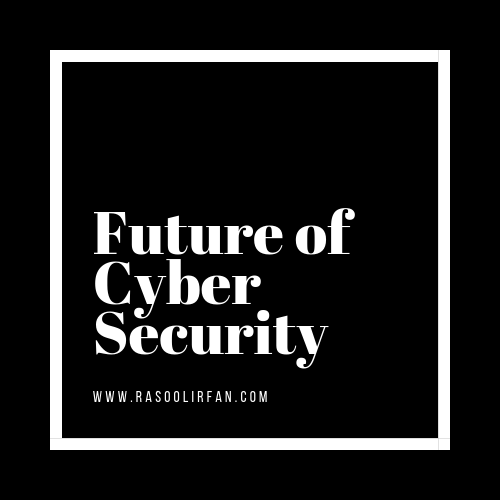

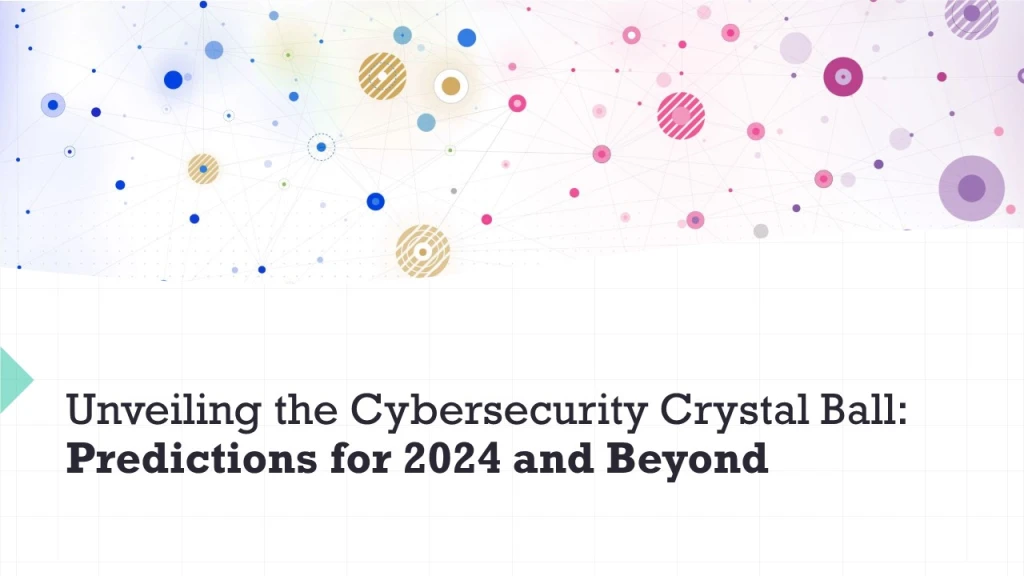
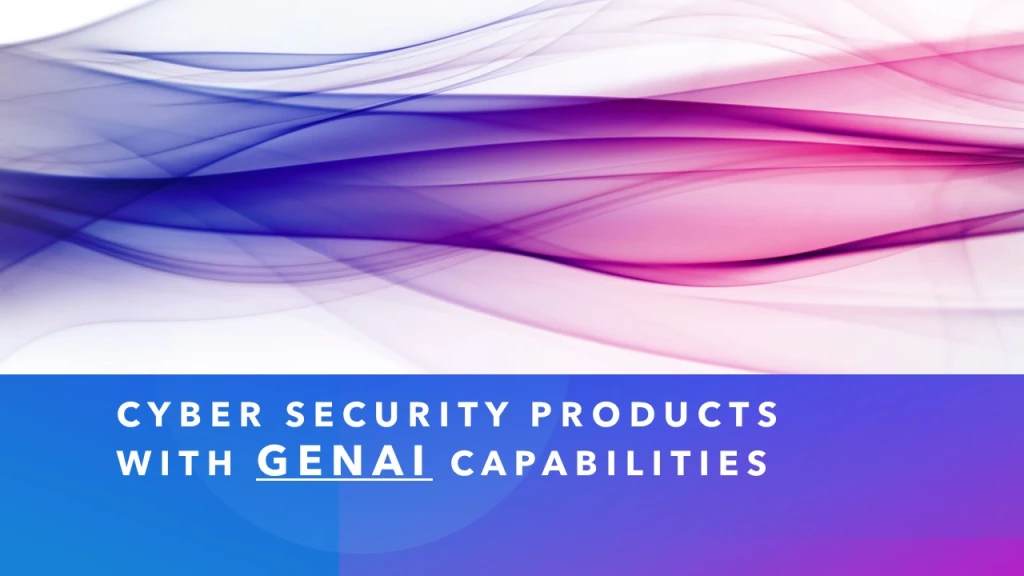
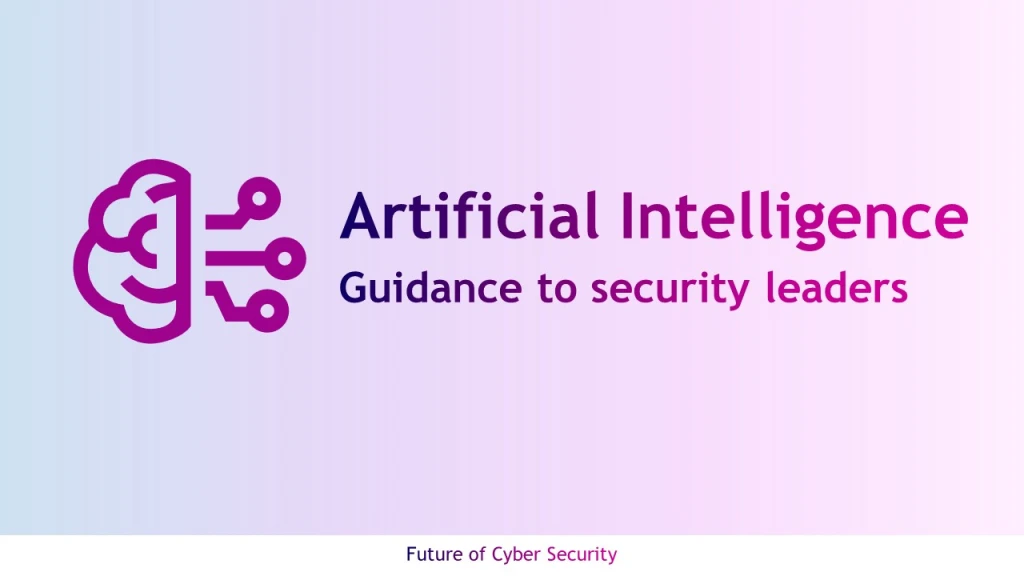
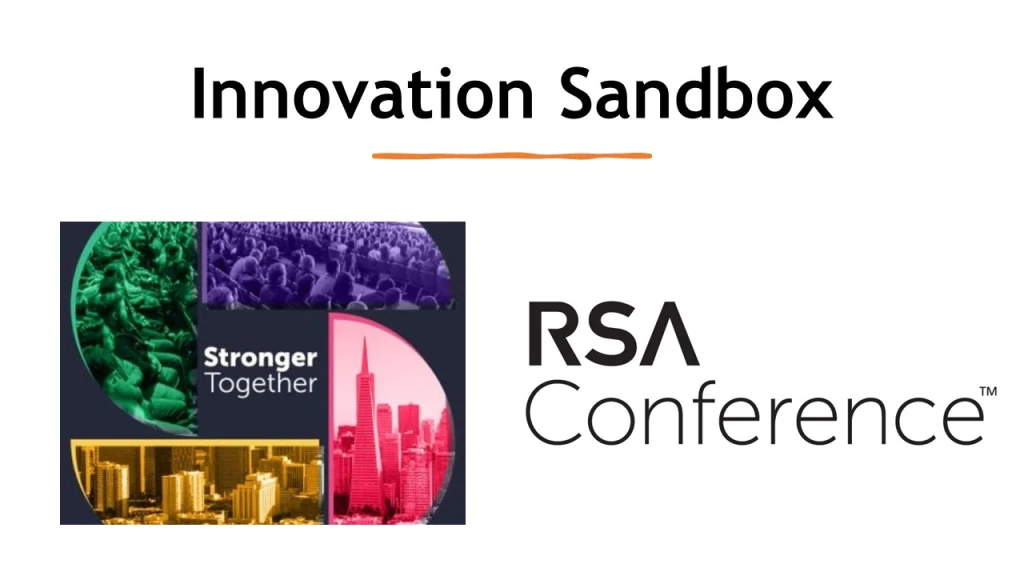
Leave a comment